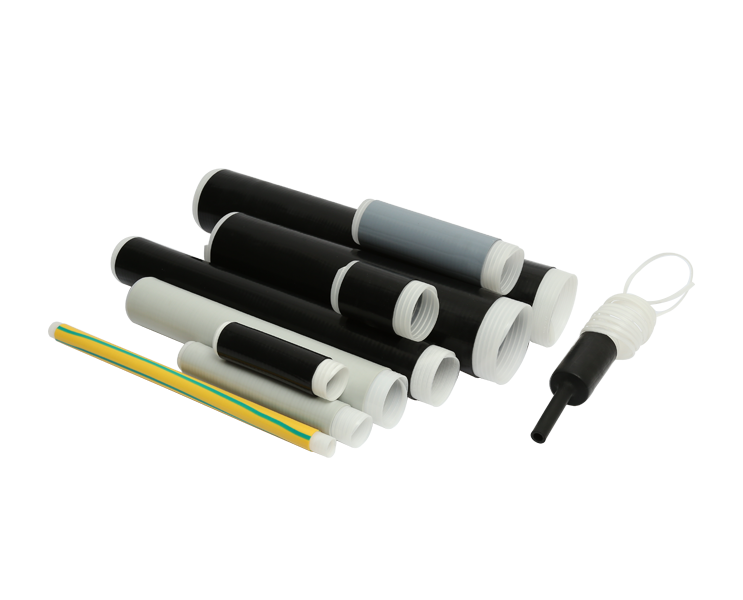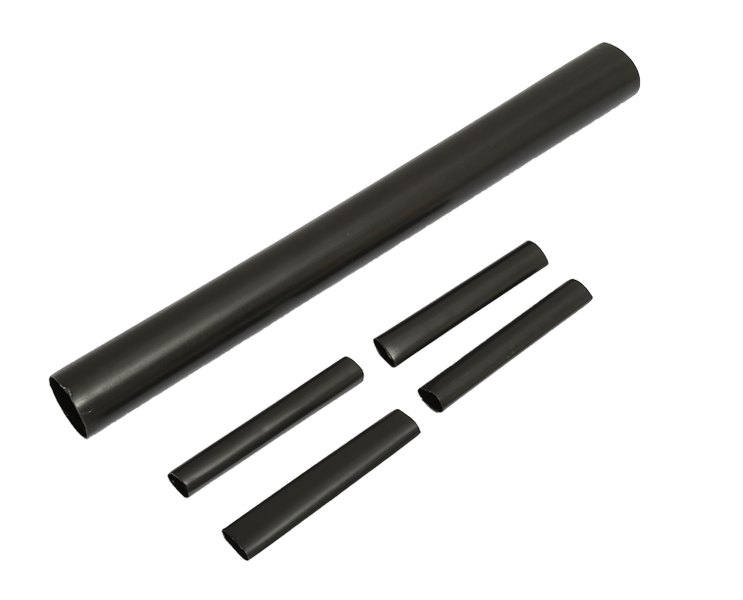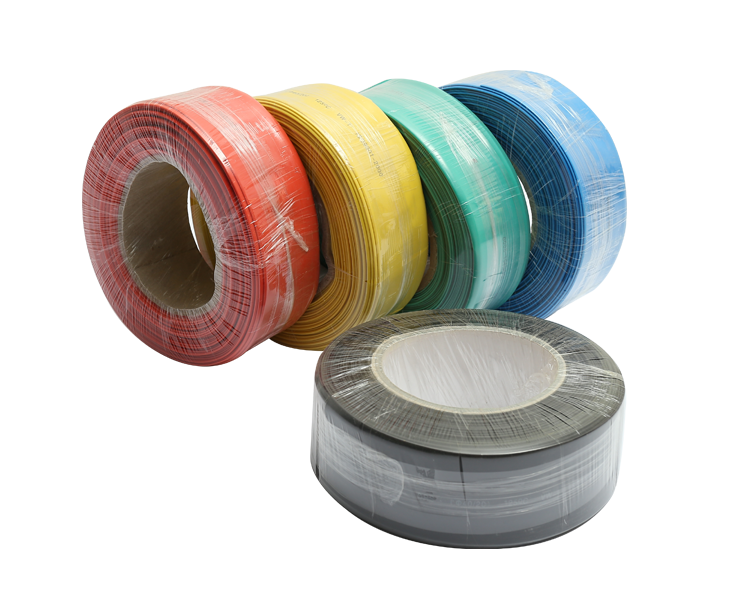The concept of smart cities is revolutionizing urban living. From intelligent lighting systems to connected traffic controls and high-speed internet infrastructure, technology is deeply integrated into modern cityscapes. At the core of this transformation lies a humble yet indispensable component: the insulated wire cable.
Insulated wire cable is more than just a conduit for electricity—it is the backbone of digital connectivity in smart cities. These cables provide the necessary infrastructure for powering sensors, cameras, data centers, and communication hubs. Without insulated wire cable, the integration of Internet of Things (IoT) devices and automated systems would not be possible.
In smart cities, energy management is a top priority. Insulated wire cable enables the creation of intelligent grid systems that can monitor energy usage in real-time, balance loads, and reduce waste. These systems rely on insulated wire cable not only for power distribution but also for transmitting control signals and data between networked devices.
For instance, smart meters installed in homes and businesses send consumption data back to central servers via insulated wire cable. This facilitates efficient billing, power load balancing, and early detection of faults or outages.
Street lighting is a prime example of smart infrastructure enhanced by insulated wire cable. Intelligent street lights adjust brightness based on pedestrian or vehicle activity, saving energy and improving safety. Insulated wire cable is used extensively in connecting these lights to control systems, ensuring reliable performance in all weather conditions.
Similarly, public transportation systems such as electric buses and trains depend on insulated wire cable for power and communication. From charging stations to onboard electronic systems, insulated wire cable plays a critical role in keeping these services running smoothly.
A key challenge in smart city development is ensuring resilience against cyberattacks and natural disasters. Insulated wire cable contributes to this by providing robust physical pathways that are shielded from environmental hazards. High-quality insulation materials protect cables from moisture, heat, and corrosion, which enhances system durability and minimizes maintenance requirements.
Modern insulated wire cable is designed with sustainability in mind. Energy-efficient manufacturing processes and recyclable materials help reduce the environmental impact. Moreover, smart city systems that rely on insulated wire cable often lead to significant reductions in energy consumption and greenhouse gas emissions.
As the number of connected devices in urban environments increases, so does the complexity of cable management. Innovative insulated wire cable designs now include multi-core and hybrid types that carry both power and data. These advanced cables simplify installation and reduce the space needed for wiring infrastructure.
Additionally, some insulated wire cable types now include built-in sensors for real-time monitoring of temperature, voltage, and current. This allows for predictive maintenance and improved system reliability.
The future of smart cities is intricately linked with the continued advancement of insulated wire cable technology. As cities become more connected and dependent on automation, the demand for high-performance insulated wire cable will only grow. This will lead to further innovation in materials, design, and application.
In the evolution of smart cities, insulated wire cable is not just a support player—it’s a critical enabler. From energy grids to intelligent infrastructure and beyond, insulated wire cable ensures the seamless flow of power and data. As urban environments continue to develop, the role of insulated wire cable will remain central to building smarter, safer, and more sustainable cities.

 English
English 简体中文
简体中文



